What Pixel Pitch do i need?
While it might initially seem obvious to always choose the highest potential resolution available – which often means opting for a lower pixel pitch – for certain specific applications, this approach can sometimes be considered an overinvestment. There may not be a genuine necessity to overpay for a lower pixel pitch when the current resolution meets your requirements. Additionally, the aspect ratio plays a significant role in the overall effectiveness of the display. Most content is traditionally formatted for a 16:9 ratio, and it is essential that your wall configuration aligns seamlessly with your company’s overarching content strategy. Ultimately, you may find that you do not need to overpay for increased resolution if your current setup adequately supports your visual goals.
Important tings to consider : Pixel Pitch + your minimum viewing distance… so we can work out your optimal viewing distance.
See below.
How Does Pixel Pitch Affect Cost?
The greater the number of pixels, the greater the potential cost associated with your installation. If you are considering an outdoor video wall where viewers will primarily be more than 10 feet away from the screen, a less expensive, lower pixel count is generally quite sufficient and can still provide a satisfactory visual experience. Alternatively, a video wall installed in a conference room would need a greater pixel count because your viewers will be much closer to the display, necessitating a sharper image for optimal clarity. For more comprehensive information, check out our informative video on LED video walls. Choosing the right LED wall and determining the appropriate pixel pitch doesn’t have to be a daunting challenge. You can contact the experts at DGI to assist you in selecting the ideal LED wall in the context of your overall project requirements. With our game-changing Modus virtual reality technology, you can even experience your new wall in your unique space before it’s constructed. Additionally, LED wall costs have been falling dramatically in recent years, and with an experienced partner like DGI at your side, you can successfully impress your audience without breaking your budget.





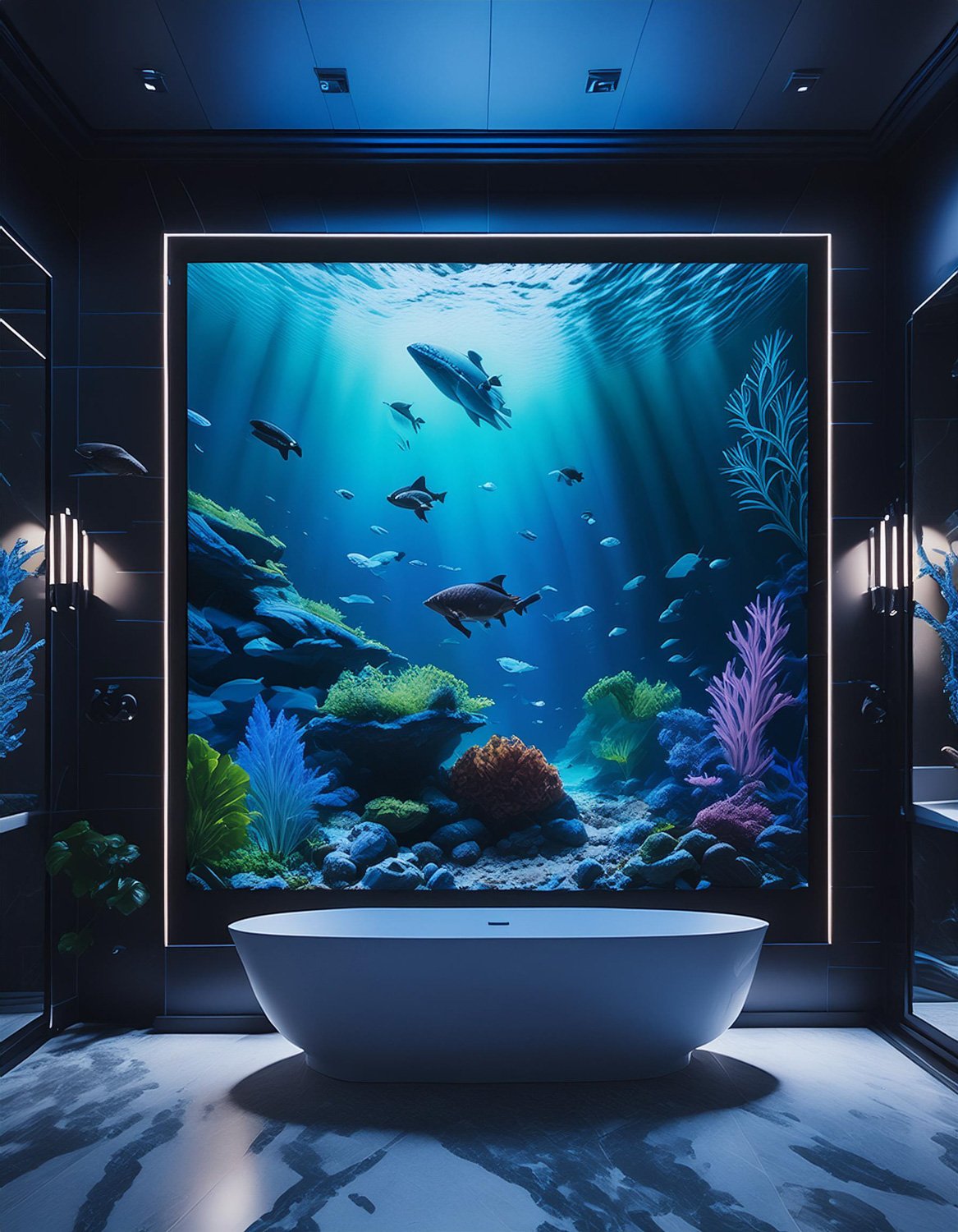

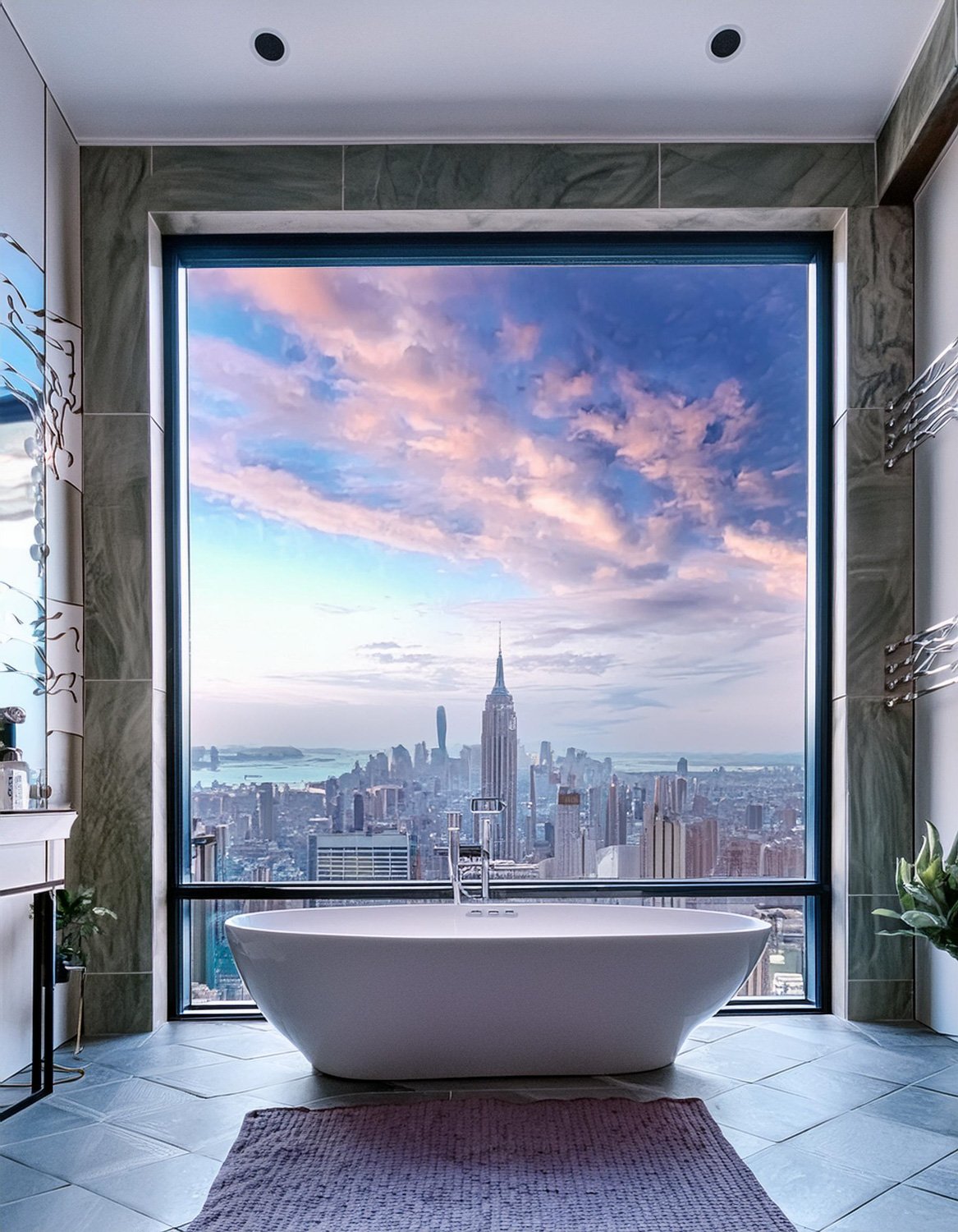
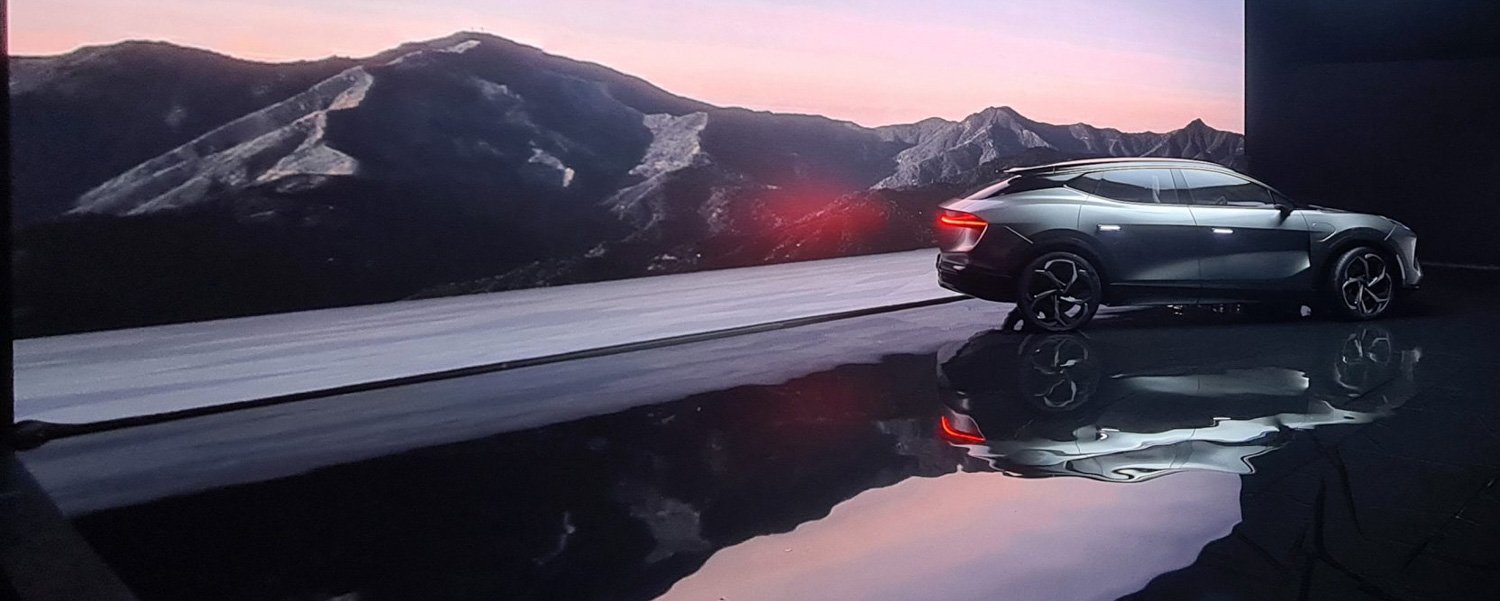

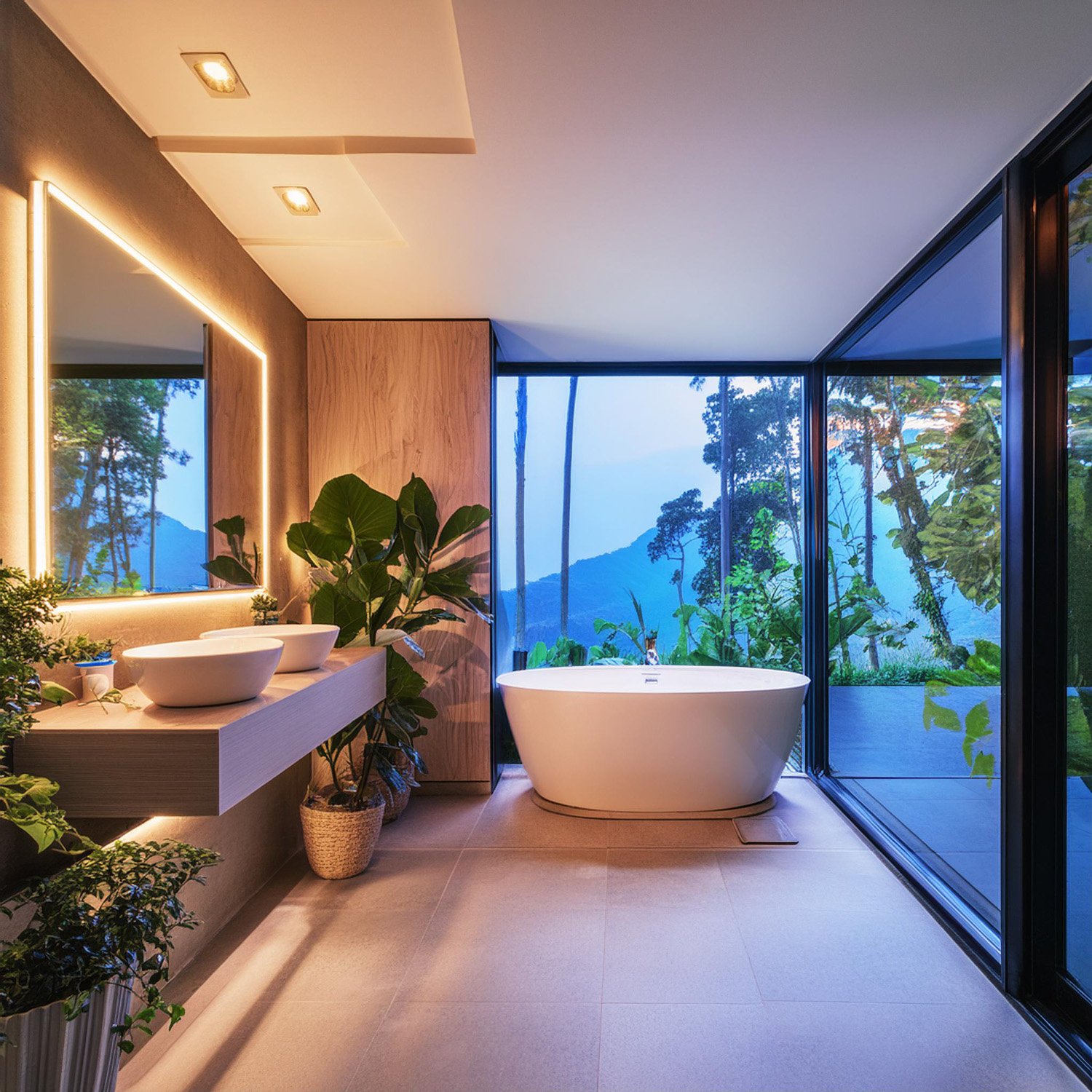

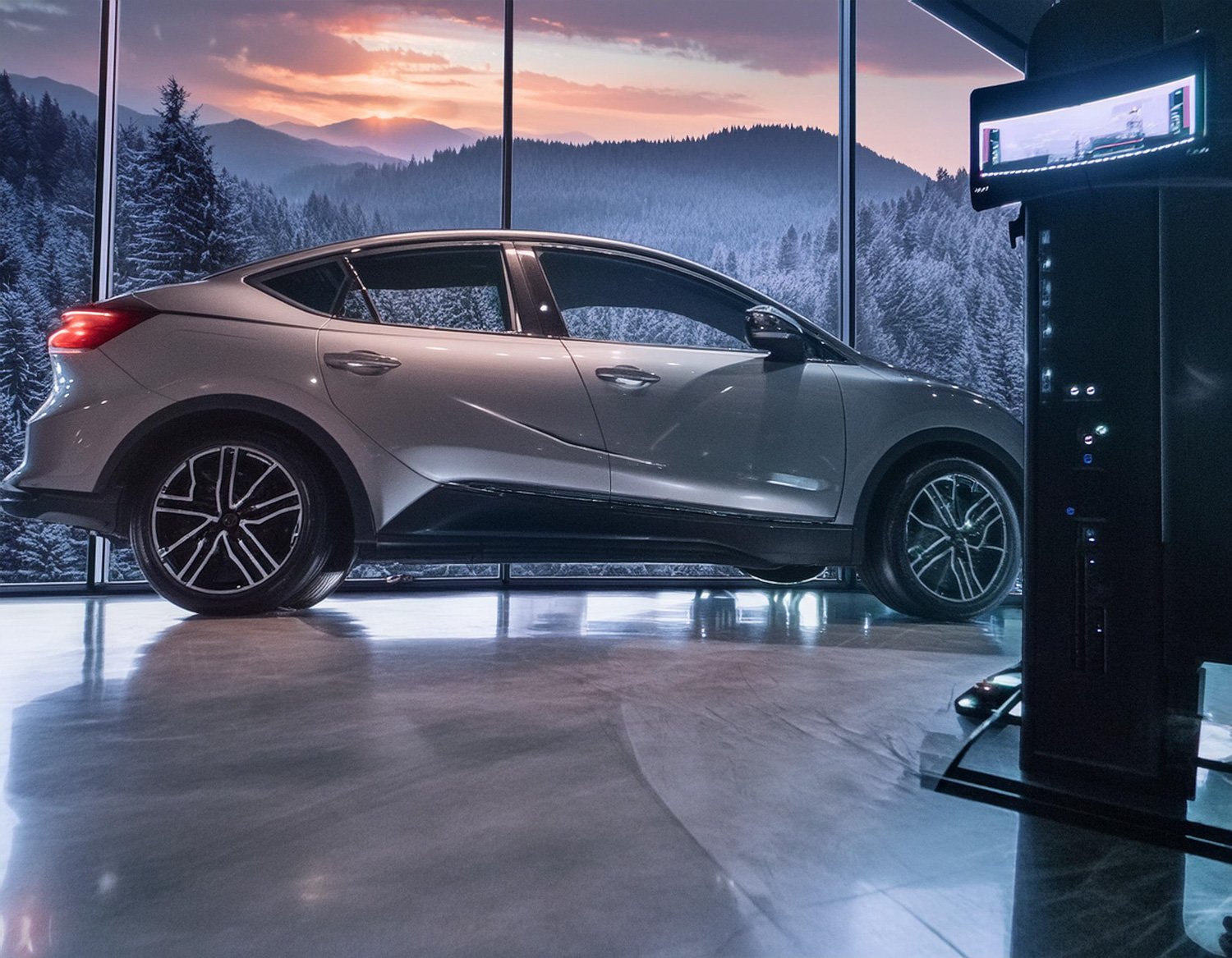

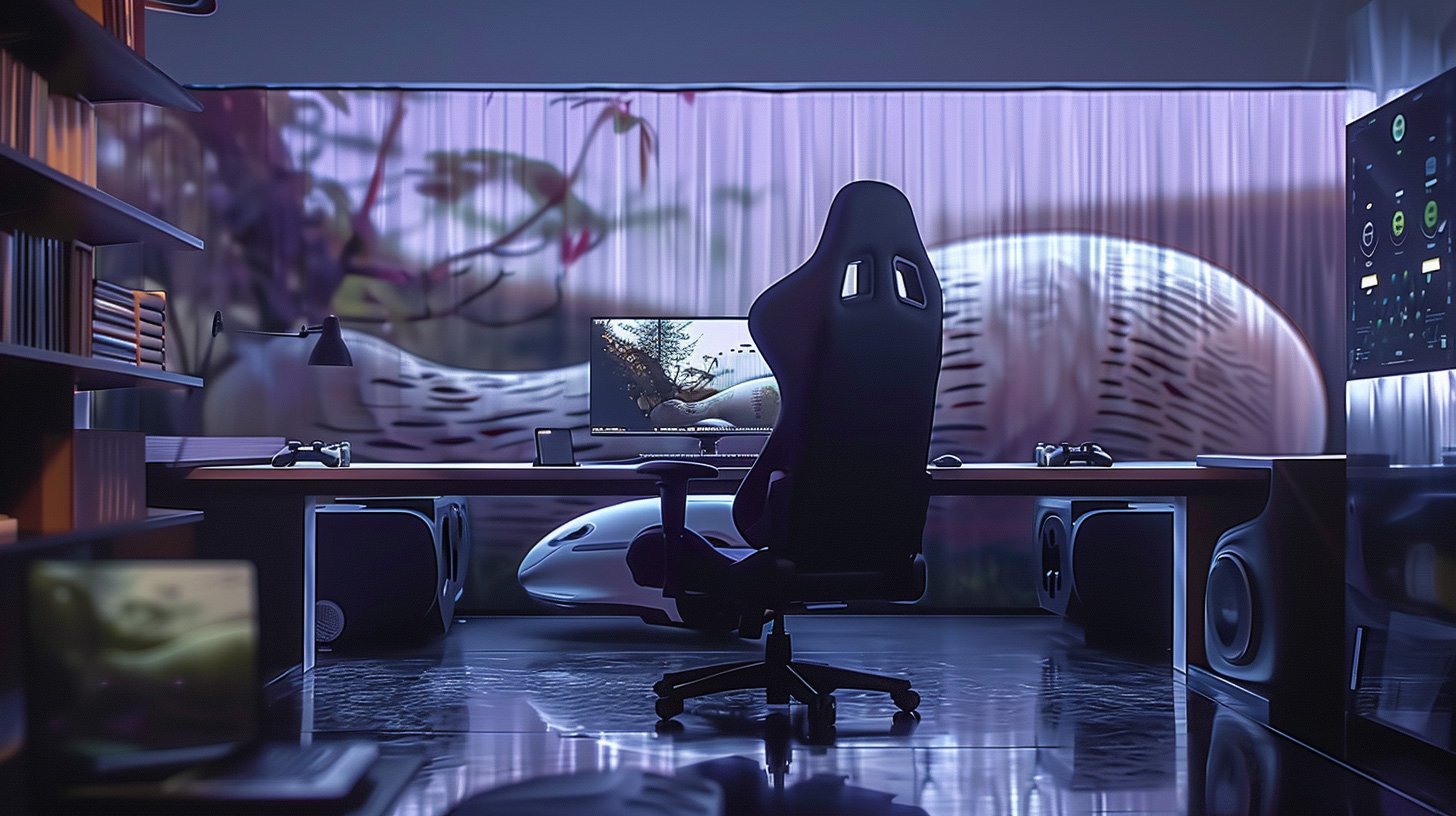


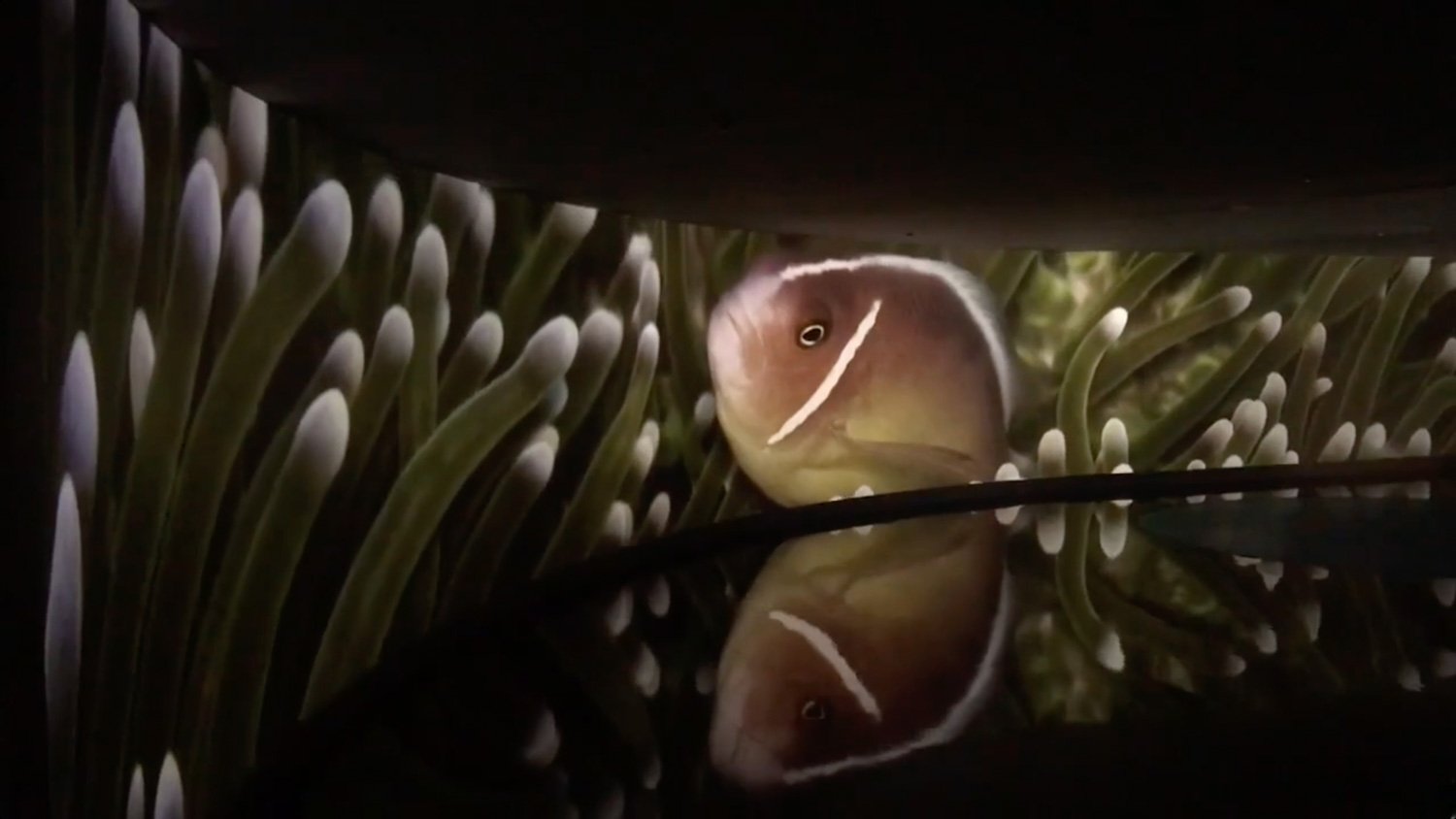

Products + Services
High-Definition Pixel Screens: Customizable to fit any space, from small rooms to entire walls.
Environmental Control System: Tailor your visual environments to suit any mood or occasion.
Motion Sensor Technology: Interactive screens that respond to your movements.
Durable Installations: Designed to withstand various environments, including bathrooms and garages.
Full-Service Installation: From design consultation to seamless installation and maintenance.
Equipment + Installation
High-Definition Pixel Screens:
Resolution: Ultra-high definition (4K and above) to ensure sharp, lifelike visuals.
Sizes: Customizable sizes to fit any wall or space requirement.
Durability: Weather-resistant and suitable for all kinds of environments, including high humidity areas like bathrooms and garages.
Seamless Installation:
Consultation: Initial consultation to understand the client’s needs and space requirements.
Design and Planning: Detailed design plan tailored to the client's specifications, including screen layout and visual selection.
Installation: Professional installation team ensures seamless integration of screens into the existing space, with minimal disruption.
Integration: Integration of motion sensors and environmental control systems for interactive experiences.
Calibration: Fine-tuning of the screens and systems to ensure optimal performance.
Motion Sensors and Environmental Control:
Motion Sensors: State-of-the-art sensors detect movement and adjust visuals accordingly.
Control Interface: User-friendly interface for selecting and customizing visual environments.
Automation: Ability to program scenes and transitions based on time of day or specific triggers.
Visual and Lighting Effects:
Visual Library: Extensive library of high-quality visuals including natural scenes (oceans, forests, mountains), urban landscapes, and custom themes.
Lighting Integration: Dynamic lighting effects that enhance the visual experience and can be synchronized with the screen content.
Customization: Option for clients to upload their own visuals or request custom content creation.
Operations
Site Assessment: Conduct thorough site assessments to determine the best setup and configuration for the screens.
Installation Process: A step-by-step installation process involving structural assessment, screen mounting, sensor placement, and system integration.
Testing and Calibration: Rigorous testing to ensure all components function seamlessly and provide the desired effect.
Maintenance and Support: Ongoing maintenance packages and 24/7 support to address any technical issues promptly.

